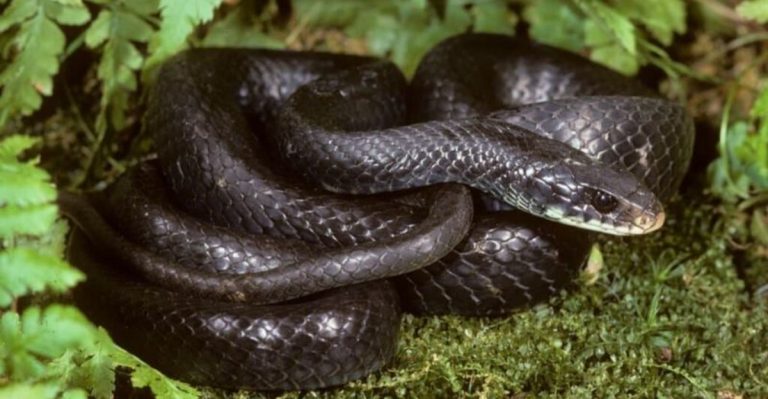Endangered Species Not Spotted In Years Found By Lucky Man In Vermont
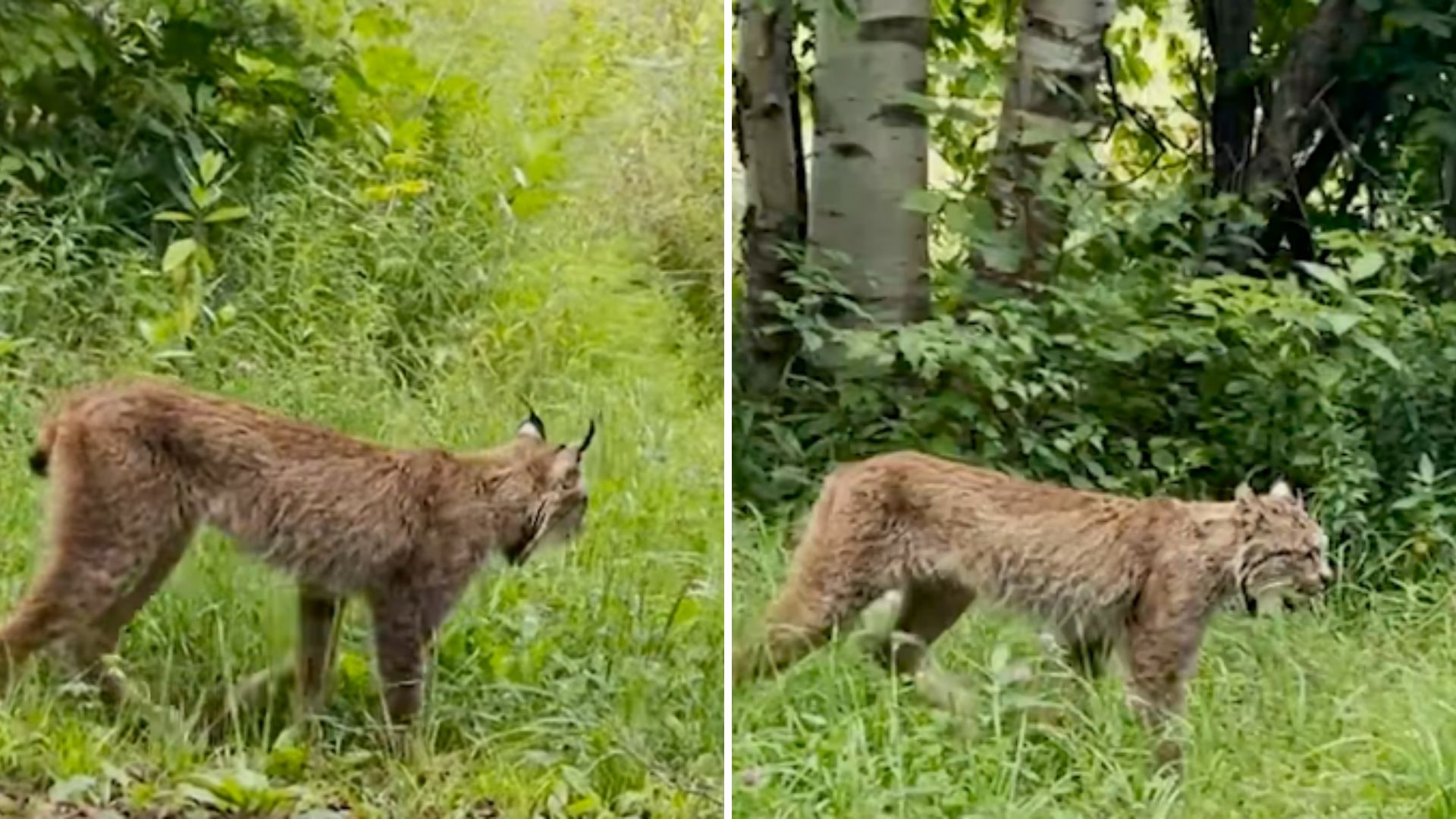
Life can surprise you in the most unexpected ways, and Gary Shattuck recently experienced a moment that reminded him of just that. While driving through the quiet stretches of countryside, he noticed a wildcat walking along the edge of the road.
Something about its presence made him pause. Its movements were graceful, almost deliberate, and its striking appearance immediately caught his eye.
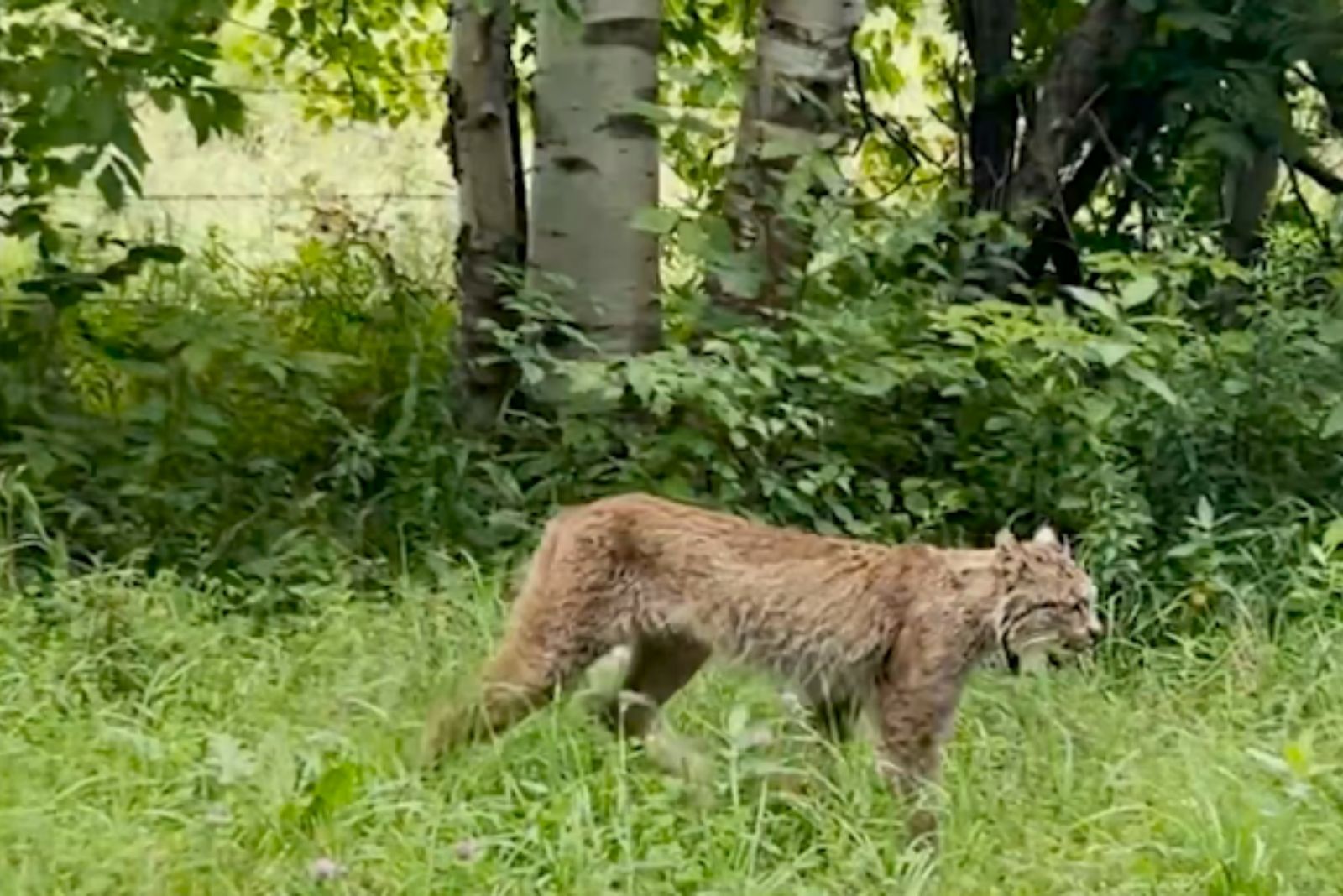
Credit: Vermont Fish & Wildlife
Curious and wanting to capture the moment, Gary pulled out his phone and started recording. At first glance, he assumed it was a bobcat—a relatively common sight in the area—but something about this cat made him second-guess.
Its fur pattern, the shape of its face, and its posture all seemed unusual. There was a certain elegance and rarity in the way it moved.
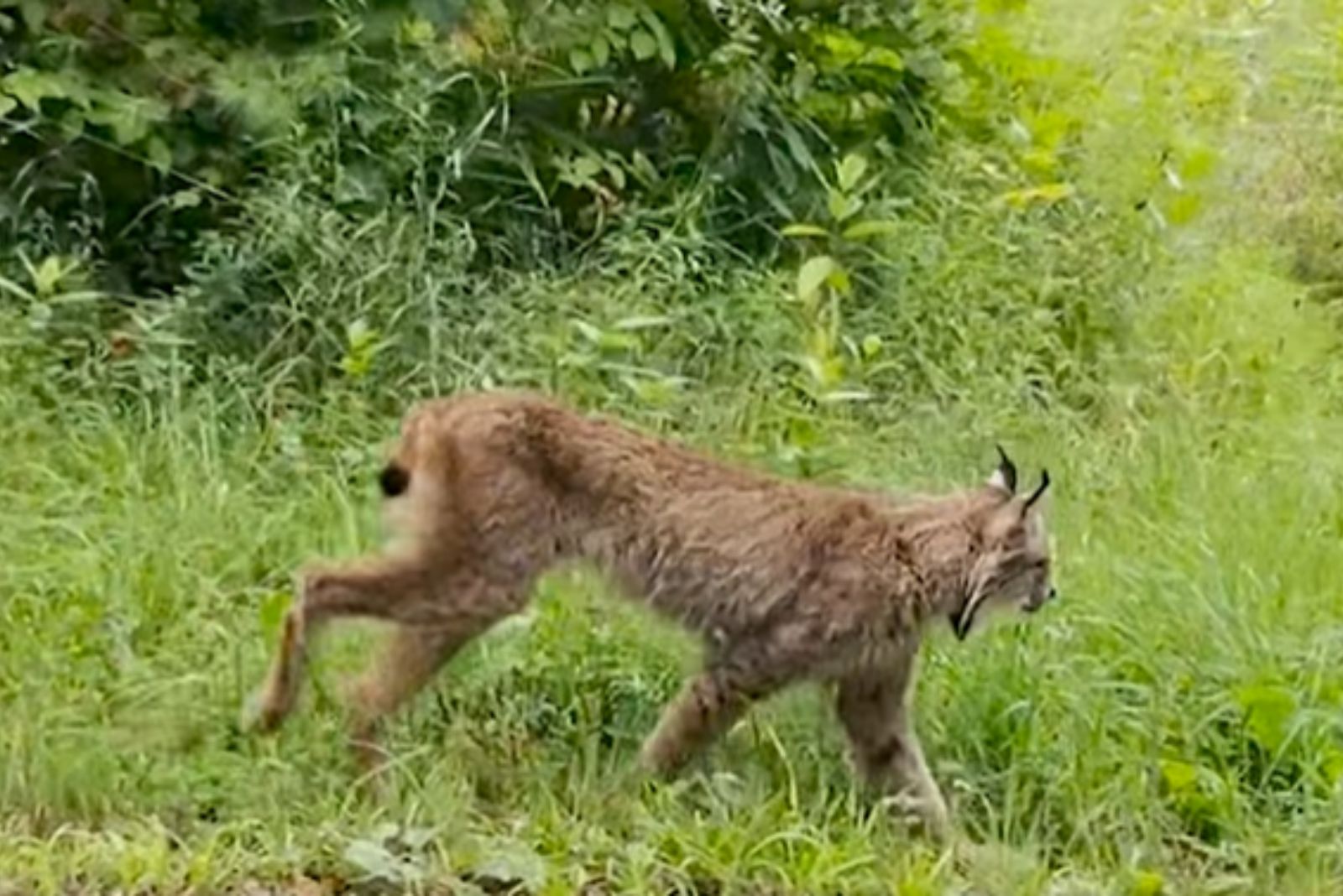
Credit: Vermont Fish & Wildlife
Deciding to err on the side of caution, Gary sent the video to the local wildlife officials. They were intrigued immediately and studied the footage carefully.
After examining the details, the officials confirmed what Gary had suspected: he had not just seen any ordinary wildcat. This was a rare and endangered species, part of the elusive genus Lynx.
The discovery was significant. According to local wildlife records, no one had seen a lynx in that area for many years. Its presence far from its usual habitat was extraordinary.
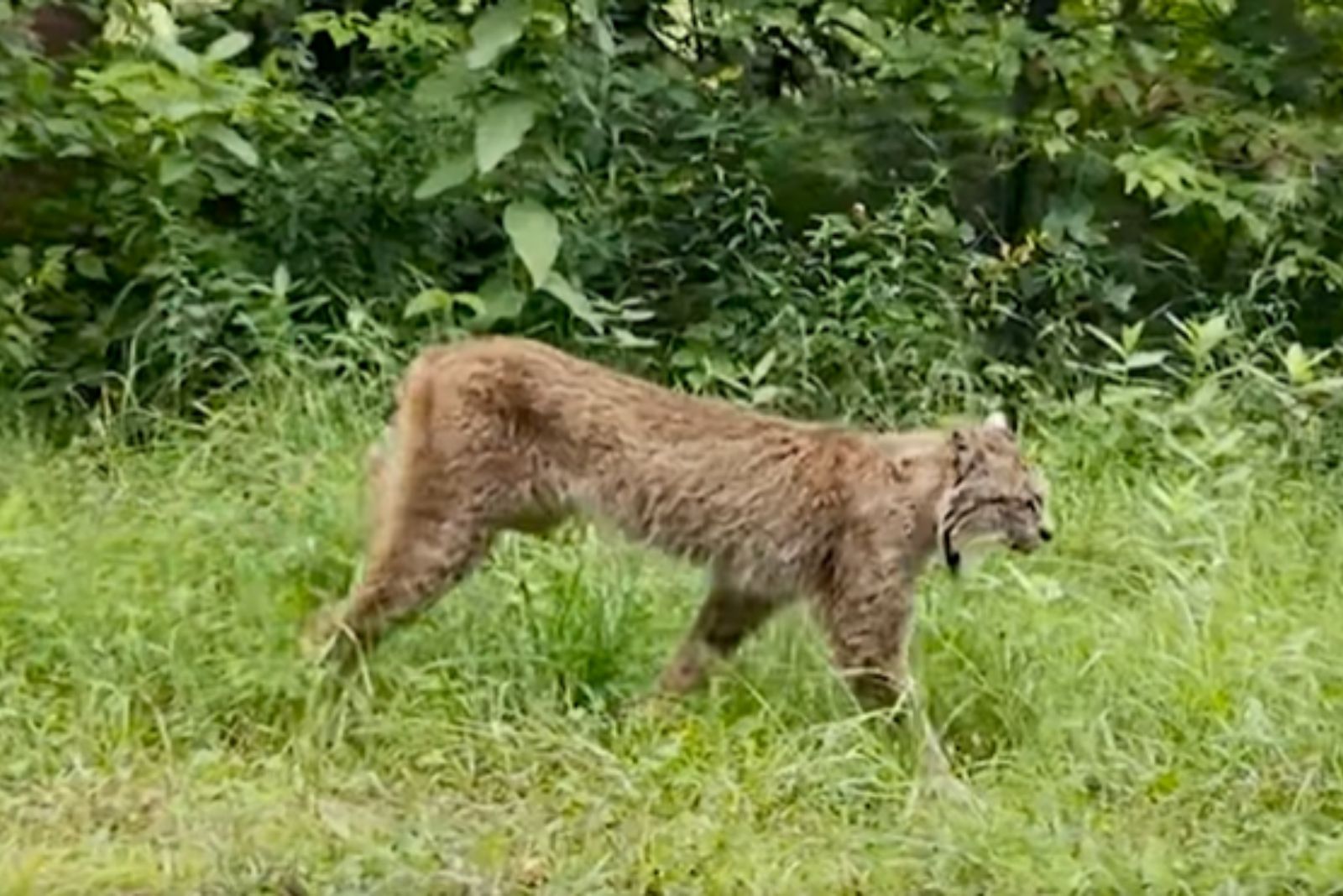
Credit: Vermont Fish & Wildlife
The officials explained that sightings of this species are incredibly rare, which makes studying them—and ensuring their conservation—a constant challenge. Yet, thanks to Gary’s quick thinking and the power of modern technology, biologists were now able to gain valuable insight into the species’ numbers, behaviour, and range.
Despite the many threats facing wild lynxes, such as habitat loss, human activity, and climate change, the particular lynx Gary spotted seemed healthy and well-adapted.
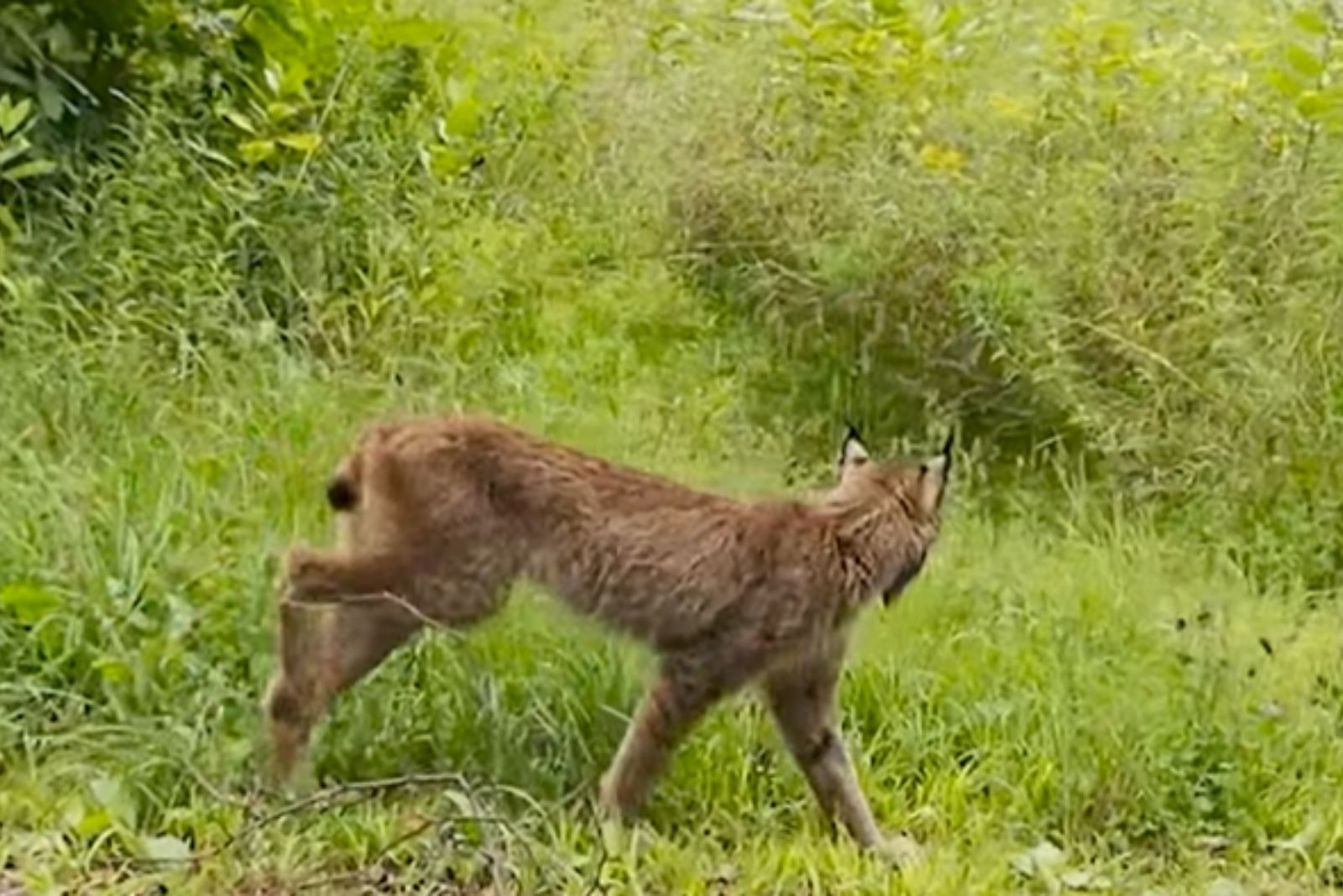
Credit: Vermont Fish & Wildlife
Wildlife officials shared that its calm demeanor was normal for the species, which can often remain alert yet composed even in unfamiliar surroundings.
Observing the animal in good condition brought hope to the conservation community, showing that not all individuals are immediately threatened by environmental pressures.
For Gary, the experience was unforgettable. He found himself reflecting on how small actions, like taking a few moments to record a passing animal, can have a ripple effect that contributes to science and conservation.
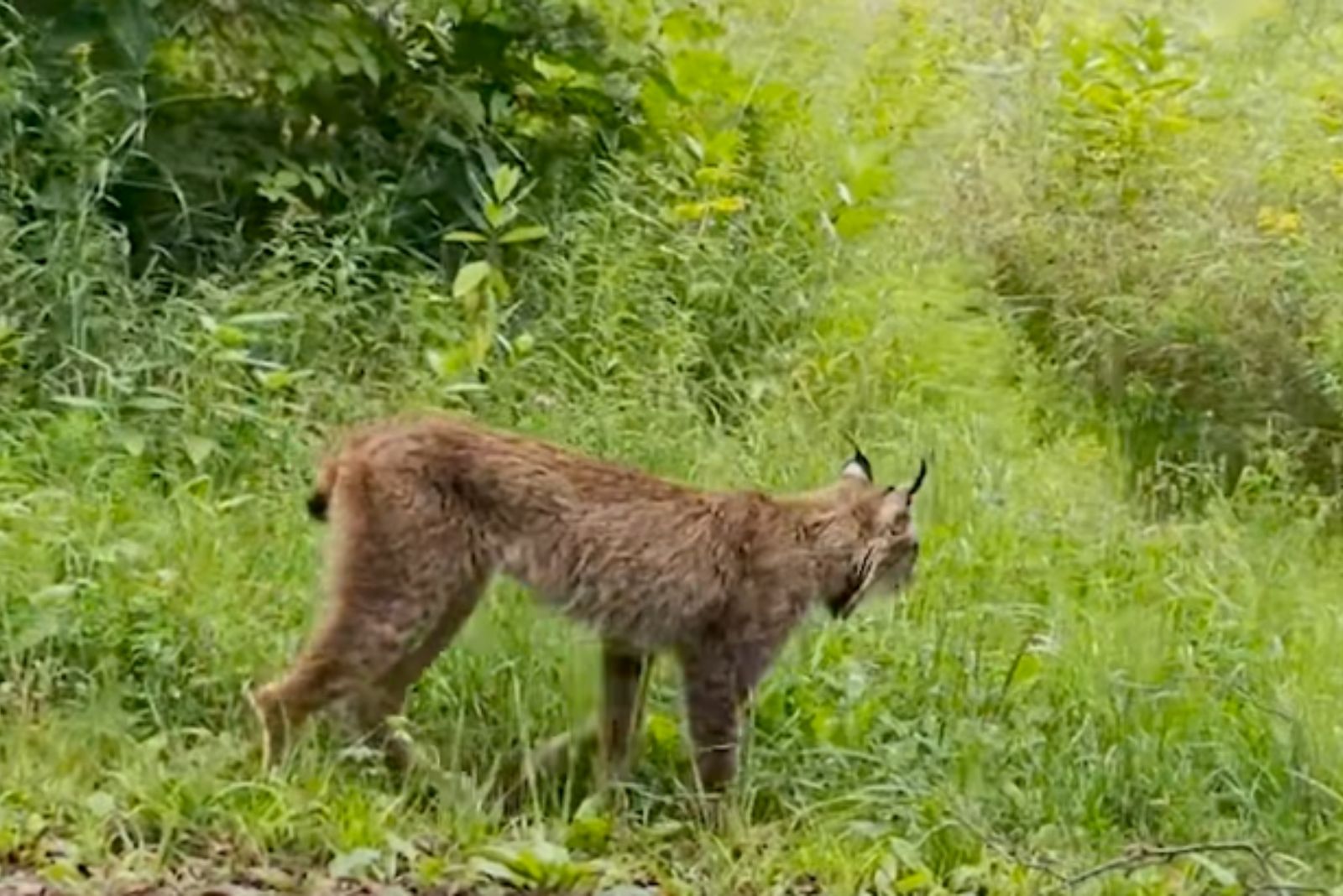
Credit: Vermont Fish & Wildlife
By noticing, documenting, and sharing, he had become a part of something much larger—a story about the survival of a species and the impact humans can have in a positive way.
The officials are encouraging anyone in the area to remain vigilant but respectful. Lynxes are solitary and sensitive creatures, and their well-being depends on minimal disturbance.
Gary’s footage has already been invaluable, providing researchers with real-time data to monitor the population and inform future conservation strategies.
In the end, this encounter serves as a reminder of the magic of the natural world. That one moment, when Gary slowed down and simply observed, created an opportunity to learn, protect, and appreciate a rare species that might otherwise go unnoticed.
For now, the lynx continues its life in the wild, free and resilient, and we can only hope for more fortunate sightings like this one in the future.
Make sure to watch the entire encounter here!




